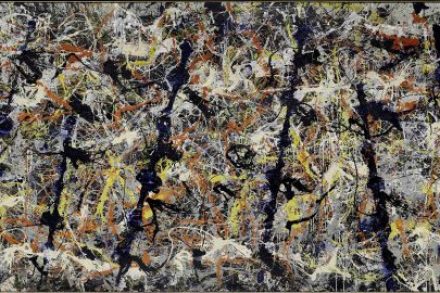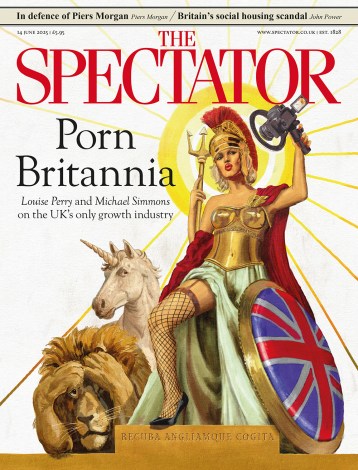American beauty | 29 September 2016
‘At last,’ wrote Patrick Heron, a British painter, in 1956, ‘we can see for ourselves what it is to stand in a very large room hung with very large canvases by Jackson Pollock, Willem de Kooning, Mark Rothko, Clyfford Still, Franz Kline and others.’ Just over 60 years later, we, too, can stand in a series of grand galleries at the Royal Academy’s Abstract Expressionism and see what Heron saw, and much more. He was at the (greatly anticipated) first showing of those fabled American artists in Britain. Since then, they have frequently been exhibited individually, but there has been just one collective show of the movement. Now Pollock, de




















